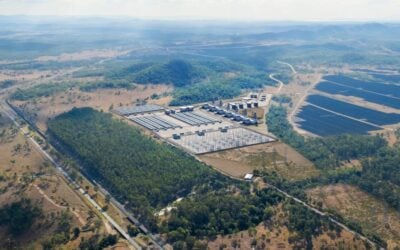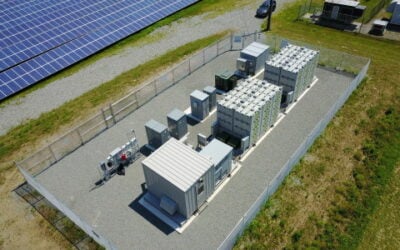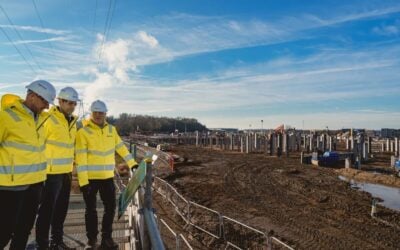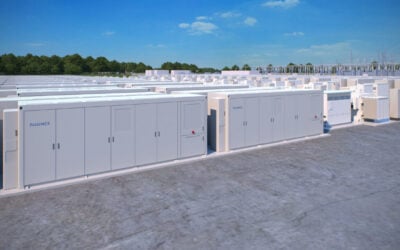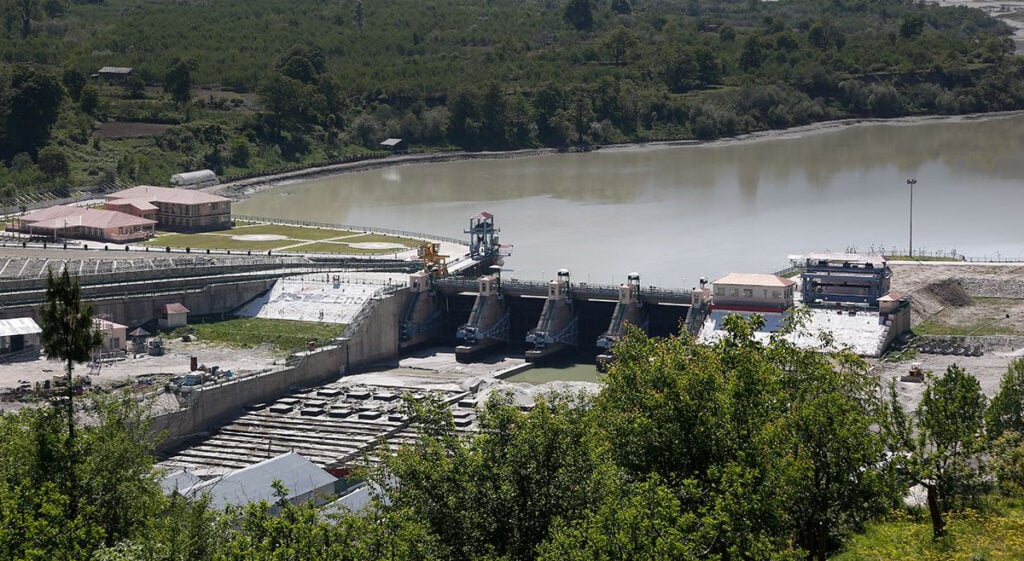
The Central Electricity Authority of India (CEA) announced on Sunday (22 September) that it would fast-track an additional 2,500MW of pumped hydro energy storage (PHES) projects being developed in the Indian state of Maharashtra.
The two projects include the 1,500MW Bhavali PHES project, which JSW Energy, a part of the Indian conglomerate JSW Group, is pursuing, and the 1,000MW Bhivpuri PHES site, which Tata Power is developing. Together, the long-duration energy storage (LDES) projects will provide 15GWh of energy to the grid, providing stability.
India’s CEA stated that the PHES projects had been approved with the support of the Central Water Commission (CWC), Geological Survey of India (GSI), and Central Soil and Materials Research Station (CSMRS).
Both Tata Power and JSW Energy confirmed that they will now fast-track the commissioning phase of their respective projects, hoping to complete it in 44 to 46 months.
Try Premium for just $1
- Full premium access for the first month at only $1
- Converts to an annual rate after 30 days unless cancelled
- Cancel anytime during the trial period
Premium Benefits
- Expert industry analysis and interviews
- Digital access to PV Tech Power journal
- Exclusive event discounts
Or get the full Premium subscription right away
Or continue reading this article for free
These two projects become the third and fourth PHES sites to have been approved by the CEA in the past couple of months, bringing the overall total to 5,100MW.
Readers of Energy-Storage.news will likely be aware that two proposed PHES projects, the 600MW Upper Indravati PHES in Odisha, being developed by Odisha Hydro Power Corporation (OHPC), and the 2,000MW Sharavathy project in Karnataka, in development through Karnataka Power Corporation Ltd (KPCL), had been selected to be fast-tracked by the CEA in early August.
JSW’s 11,017MW PHES project
JSW’s 11,017MWh Bhavali PHES project will have 7.34 hours of storage capacity and will be located in District Nashik and Thane, in northwest Maharashtra, and features upper and lower reservoirs to generate electricity. The company currently has two different layouts in mind.
The first proposed layout features a water conductor system consisting of one headrace tunnel (HRT) and one tailrace tunnel (TRT). The HRT connects the water intake at a dam site to the powerhouse for the generation of hydroelectricity, while the TRT uses the flowing water to generate electricity again before it is returned to the river.
In the context of the Bhavali PHES project, the HRT would be split into six steel-lined penstock tunnels/pressure shafts at the underground powerhouse. After generation, the water would be led into the lower reservoir through a TRT connected to a tailrace outlet structure.
JSW’s alternative layout would see a water conductor system comprising one HRT bifurcated into six steel-lined penstock tunnels/pressure shafts at a surface powerhouse to feed six units of 250MW each. Much like the first layout, the water after generation would be led into the lower reservoir through six tailrace tunnels connected to the tailrace outlet structure.
Tata’s 1,000MW Bhivpuri PHES
The other project to have been approved by the CEA is Tata’s 1,000MW/6,000MWh Bhivpuri PHES, which will have a duration of six hours. It will be located near Bhivpuri town, Karjat Taluka.
The Bhivpuri site proposal aims to generate power for peak usage by recycling water between the existing Thokarwadi reservoir (the upper receiver) and the proposed new lower reservoir within Tata Power’s land. The Thokarwadi reservoir was created due to the construction of the Thokarwadi dam.
As previously reported by Energy-Storage.news, in addition to the 60GW of submitted proposals to the CEA by August 2024, India currently has 4.7GW of PHES plants in operation, 4GW already under construction and 3.6GW have ‘concurred,’ meaning construction is to be started.
India’s total PHES potential stands at around 176GW, the authority said. The Union Government led by prime minister Narendra Modi has committed to promoting pumped hydro, as well as batteries, for providing energy storage to the grid. CEA has projected an overall need for 74GW/411.4GWh of storage by 2031-2032, comprising just over 175GWh of pumped hydro and around 236GWh of battery energy storage system (BESS) capacity.

